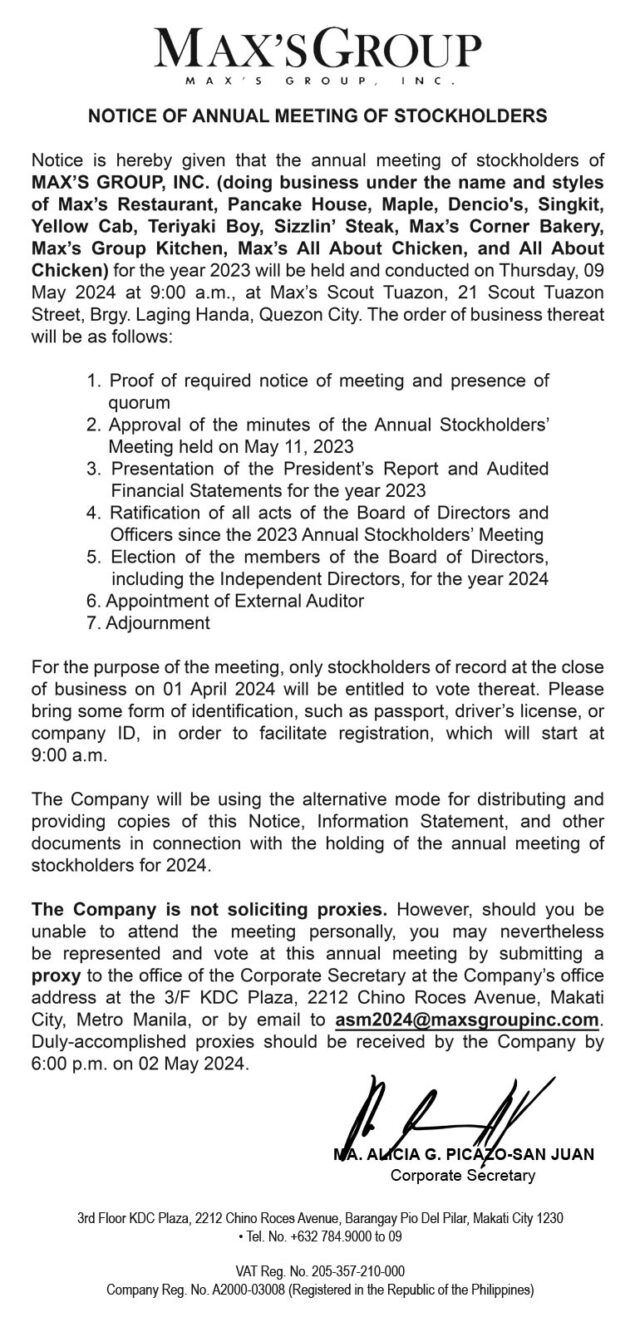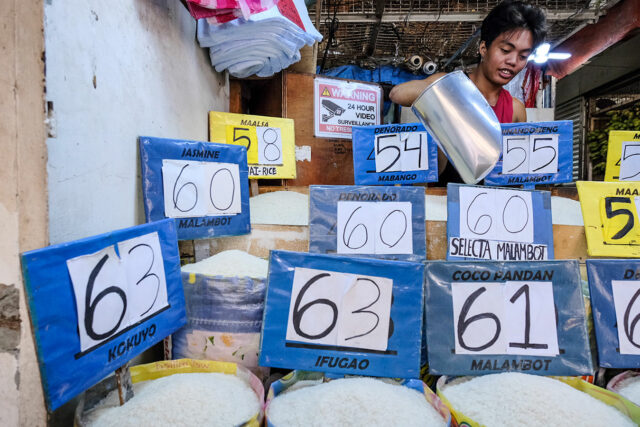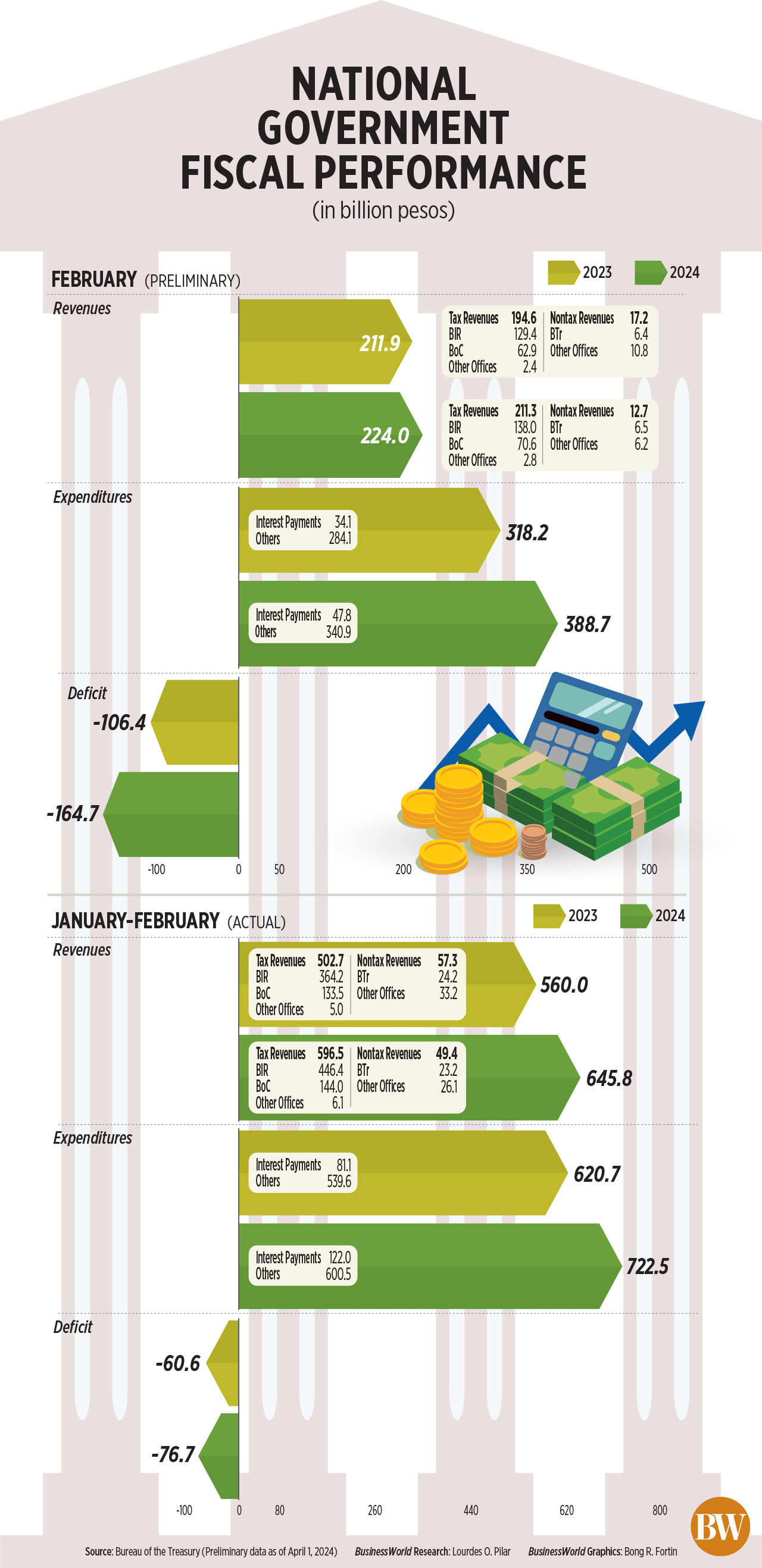WASHINGTON (Thomson Reuters Foundation) – Jules Fishelman had ambitious plans to green up his century-old home in Burlington, Vermont, but the cost and logistics felt overwhelming.
“I’ve had in mind dozens of things I really wanted to do to make it more comfortable, but also to deal with the energy footprint – how much energy it uses,” Mr. Fishelman said by phone from the converted duplex he has called home since 2001.
Given Vermont’s icy winters, pipes can freeze easily, said the 50-year-old father of two, making for steep heating bills.
Then a few years ago, he stumbled on an option he had not realized even existed: a local credit union was running a pilot program letting participants roll the cost of energy-efficiency upgrades into their home mortgage.
He signed up, agreeing to spread his payments over 15 years.
After spending about $25,000 on works – a new electric heat pump to replace the legacy gas system, better insulation and more – the Fishelman family is warm as toast this winter, the first since the project ended.
“My mortgage rate stayed pretty manageable, and my house got twice as comfortable.”
With billions of dollars in federal subsidies soon expected to start flowing in a push to make housing more sustainable, some experts expect interest in green mortgages to boom.
“People are realizing we have a lot of inefficient housing stock, and upgrading the efficiency of our housing is important at a time when the costs of energy are only becoming greater,” said Simeon Chapin, head of social impact at VSECU, part of the New England Federal Credit Union that worked with Mr. Fishelman.
Green mortgages could become an important way for homeowners to pay for that work, said Kevin Kane, chief economist at Green Homeowners United, a Wisconsin-based firm that helps homeowners cut their carbon emissions.
“If we can figure this out, this is huge for residential energy – and we’re so close to making it happen.”
Mr. Kane said he gets near-daily calls about the new subsidies.
“In my mind, mortgage lenders and Realtors (real estate agents) are a hidden weapon to help fight climate change, and these green mortgages are the way we’ll help make this happen.”
A $2-TRILLION MARKET
Consumer green lending in general has been rising, said Neda Arabshahi, senior vice president of the Inclusiv Center for Resiliency and Clean Energy, which works with credit unions in under-served markets.
Over the past three years, the center has helped train more than 700 community financial institutions on how to help clients finance a host of green initiatives, from solar panels to EV charging stations, she said.
“When we started talking to people three years ago, no community lenders were doing this,” she said. “Now we’re seeing a lot of movement.”
The energy think tank RMI estimates a $2-trillion green mortgage market could grow within a decade, upgrading 8.7 million homes – saving consumers about $12 billion and averting 57 million tons of carbon emissions.
The idea of an energy-efficiency mortgage has been around for decades but has hit repeated industry resistance, said Richard Faesy, principal at Energy Futures Group, a consultancy that co-led the VSECU pilot project.
“There’s a lot of financing around clean-energy programs, but really the niche that I think has the potential for tremendous change is with mortgage financing.”
The Mortgage Bankers Association said it does not track energy-efficiency mortgages, and that it opposes some federal measures to help homeowners pay for green upgrades.
The green-mortgage market has grown overseas, too.
European interest was initially sparked by U.S. moves but the trend has since taken hold, with efforts now afoot to expand the market globally, said Luca Bertalot, secretary general of the European Mortgage Federation – European Covered Bond Council, which manages all mortgage lenders in Europe.
“In Europe we have to retrofit 250 million houses,” said Mr. Bertalot, who also coordinates a European Union green-mortgage initiative spanning 70 lending institutions across the bloc.
Now the push is on to help countries far beyond Europe set up similar projects, from Kenya to Malaysia and Colombia.
Climate change “will not be solved in Europe – this is a global problem,” Mr. Bertalot said.
GREEN VALUE
The Vermont pilot was made possible with a Department of Energy grant that helped offer lower interest rates for clients and opened the door for consultants to coordinate their works.
VSECU wants to build on its pilot and pick the green mortgage program back up – but obstacles remain, said Laurie Fielder, its vice president of green lending.
Today’s high interest-rate climate aside, such mortgages require specialized, additional work, she said.
“It’s about getting the financial institution into a position where they can feel as though they can put the resources into this,” Fielder said.
It is also hard to ensure that new, green features are accurately reflected in a home’s overall value, she said.
US real-estate value is shaped by third-party appraisers, typically brought in by a lender to analyze their risk.
But the appraisal industry has been slow to keep up with greener construction techniques, said Sandra K. Adomatis, president of the Appraisal Institute, an industry association.
“Building science has changed dramatically,” she said.
Ms. Adomatis said it was up to lenders to hire appraisers with know-how – but ultimately the market must drive change.
“The public is still not familiar enough to understand the benefits” of energy efficiency, she said, so real estate agents and developers often don’t advertise those features.
While the institute has run classes on energy efficiency for more than 15 years, appraiser uptake remains slow, she said.
“They’ll say, ‘A lender never asks if I have that. When they start asking, I’ll start taking the classes.'” – Reuters



![[LOGO]-Shell-](https://www.bworldonline.com/wp-content/uploads/2023/09/LOGO-Shell-.jpg)










